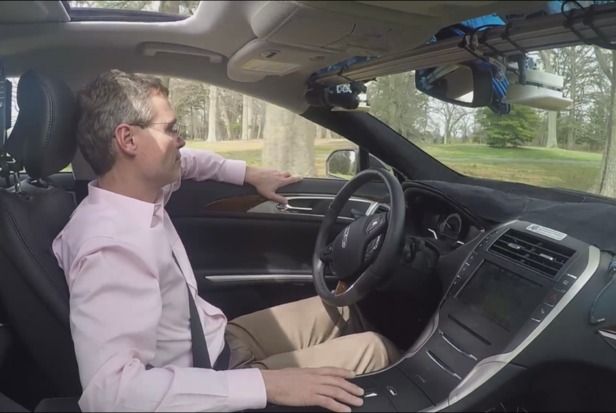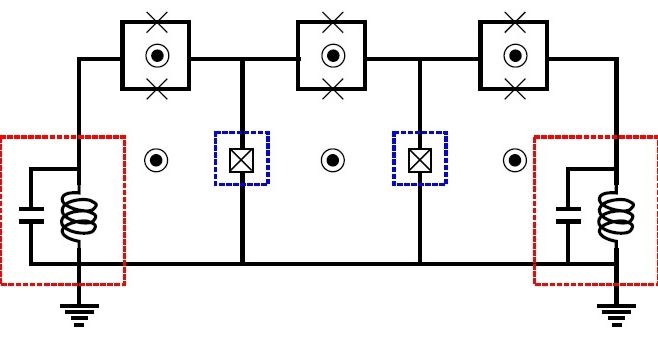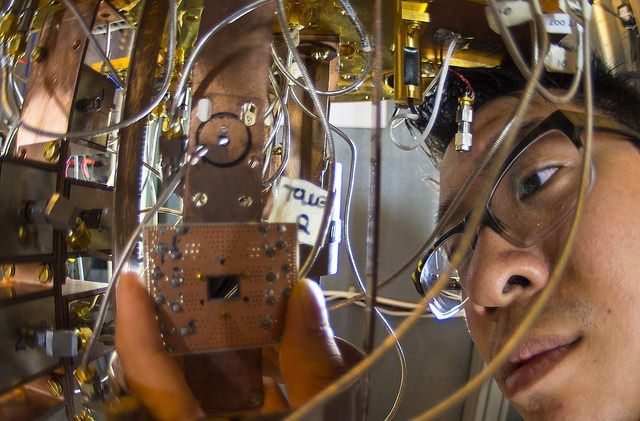Apr 29, 2016
DARPA Exhibit to Open at Chicago’s Museum of Science and Industry
Posted by Karen Hurst in categories: bioengineering, biological, chemistry, science
Now, that’s an exhibit!
May 5, 2016, will mark the opening of a new and exciting exhibit at Chicago’s famed Museum of Science and Industry: an in-depth and interactive look behind the curtain at the Defense Advanced Research Projects Agency (DARPA).
DARPA was created in 1958 at the peak of the Cold War in response to the Soviet Union’s launch of Sputnik, the world’s first manmade satellite, which passed menacingly over the United States every 96 minutes. Tasked with preventing such strategic surprises in the future, the agency has achieved its mission over the years in part by creating a series of technological surprises of its own, many of which are highlighted in the Chicago exhibit, “Redefining Possible.”
“We are grateful to Chicago’s Museum of Science and Industry for inviting us to tell the DARPA story of ambitious problem solving and technological innovation,” said DARPA Deputy Director Steve Walker, who will be on hand for the exhibit’s opening day. “Learning how DARPA has tackled some of the most daunting scientific and engineering challenges—and how it has tolerated the risk of failure in order to have major impact when it succeeds—can be enormously inspiring to students. And for adults, we hope the exhibit will serve as a reminder that some of the most exciting work going on today in fields as diverse as chemistry, engineering, cyber defense and synthetic biology are happening with federal support, in furtherance of pressing national priorities.”
Continue reading “DARPA Exhibit to Open at Chicago’s Museum of Science and Industry” »

















